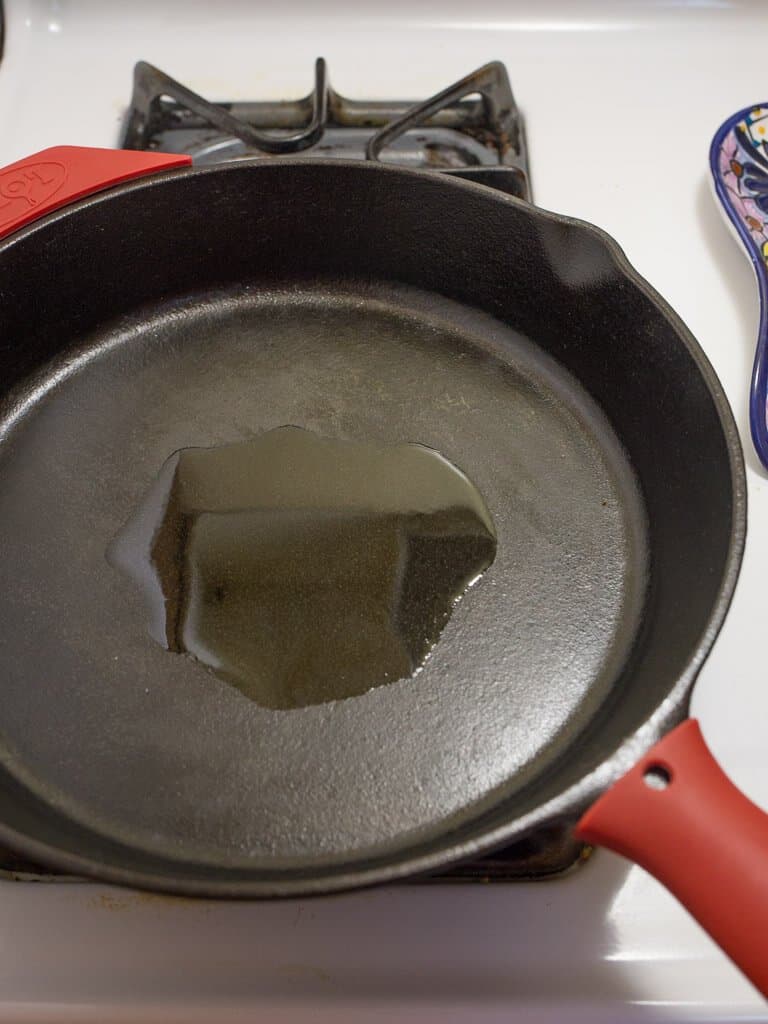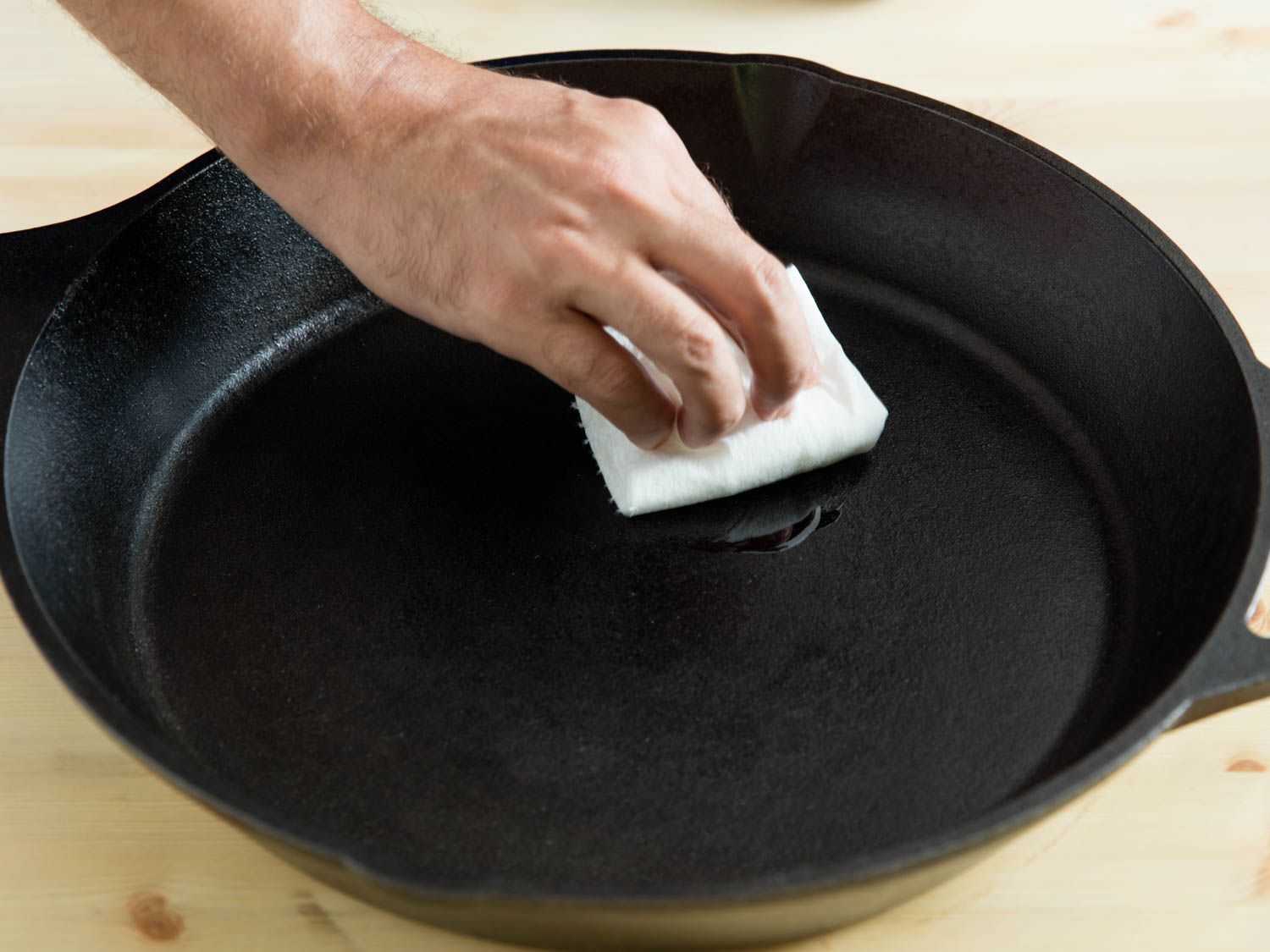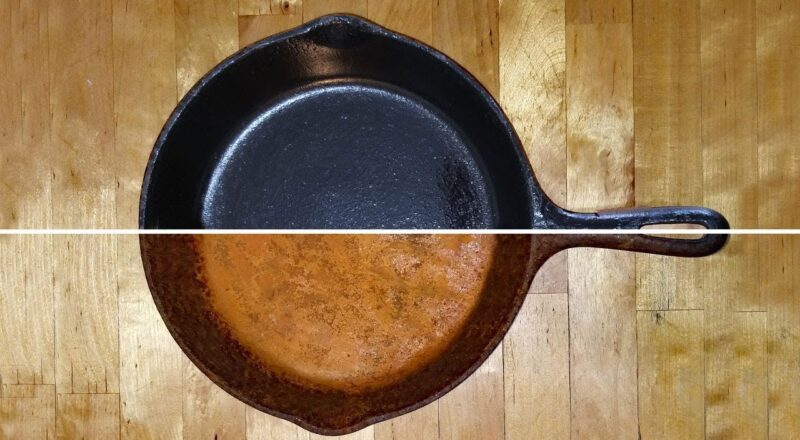Seasoning cast iron is a delightful but sometimes a tricky process. Many people find themselves asking, Why is my cast iron smoking when seasoning? This often happens due to a few common reasons related to temperature, oil, and technique.

Understanding the Smoking Issue
One of the primary reasons cast iron smokes during seasoning is because the oil is heating beyond its smoke point. The smoke point of an oil is the temperature at which it begins to break down and produce visible smoke.
What is Seasoning?
Seasoning involves coating the cast iron surface with a thin layer of oil and then heating it to a high temperature. This process creates a non-stick layer that also protects the pan from rust.

Why Does Oil Matter?
The type of oil you use in seasoning your cast iron matters greatly. Some oils have higher smoke points than others. For instance, flaxseed oil has a lower smoke point compared to grapeseed oil or vegetable oil. Selecting an oil with a higher smoke point can reduce smoking during the seasoning process.

Temperature Control
One vital aspect to consider is temperature control. Overheating your cast iron can cause excessive smoking. It’s advised to keep the temperature slightly below the smoke point of the oil youre using. For better control, always preheat your oven before placing the cast iron pan inside.
Optimum Temperature for Seasoning
Generally, an oven temperature of 450F to 475F is ideal for seasoning cast iron. Adjust the settings based on the type of oil to ensure it doesn’t exceed the smoke point.
:max_bytes(150000):strip_icc()/How-to-Season-Cast-Iron-Skillet-3x2-1-bcd280f1703e47e0a59bb62e86a0d53a.png?keyword=why is my cast iron smoking when seasoning)
Applying the Right Amount of Oil
Applying too much oil can also cause smoking. A thin, even layer of oil is recommended. Excess oil heats up quickly and can cause the pan to smoke.
Proper Application
Use a cloth or paper towel to apply a thin layer of oil. Make sure to wipe away any excess to prevent it from pooling in the pan.
Steps in Seasoning Properly
Following a systematic approach to seasoning can minimize issues like smoking. Here are the steps:
- Clean the pan thoroughly.
- Dry it completely.
- Apply a thin, even layer of oil.
- Preheat your oven.
- Place the pan upside down in the oven.
- Bake for 1 hour.
- Allow to cool in the oven.
This method ensures an even coat, reduces the chances of smoking, and helps in creating a durable seasoning layer.
Common Mistakes to Avoid
Overheating
Overheating is a common mistake that leads to smoking. Always monitor the temperature of your oven.
Using Low Smoke Point Oils
As discussed, oils with low smoke points can cause smoking. Choose oils like grapeseed or vegetable oil.
Applying Too Much Oil
Excess oil results in uneven seasoning and causes smoking. Always wipe away any excess.
Troubleshooting Smoking
If your cast iron pan smokes despite following these tips, don’t worry. Here are some troubleshooting techniques:
Check Your Oil
Reevaluate the oil you are using. Opt for an oil with a higher smoke point if necessary.
Adjust Temperature
Lower the temperature slightly during the next round of seasoning.
Check for Residual Oil
Make sure theres no excess oil before placing the pan in the oven.
Conclusion
Understanding why your cast iron smokes when seasoning is crucial for achieving a perfect, non-stick finish. By selecting the right oil, maintaining the correct temperature, and applying the right amount, you can significantly reduce the smoking issue.
FAQs
What oil should I use for seasoning cast iron?
Opt for oils with a high smoke point like grapeseed or vegetable oil.
Can I use my cast iron skillet immediately after seasoning?
Yes, but its recommended to let it cool down and re-season if necessary for optimal results.
How often should I season my cast iron skillet?
Regular seasoning is recommended, ideally after every few uses, to maintain its non-stick surface and prevent rust.
As an Amazon Associate, I earn from qualifying purchases.

